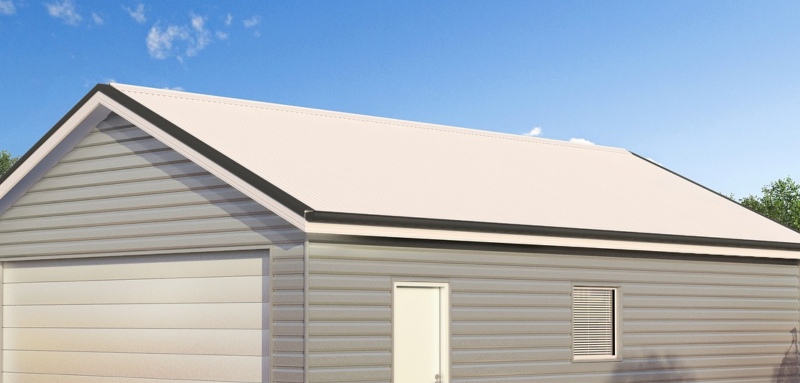
09 Nov 4 Benefits Of Choosing Prefab Building Kits
If you’re unfamiliar with prefabricated metal buildings, you likely won’t be for much longer. Prefab buildings are becoming increasingly popular among contractors and commissioners alike, and for good reason. In fact, it’s becoming increasingly clear that almost any type of building can be prefabricated. Commercial office buildings were once the most popular, but airplane hangars and even churches are also becoming increasingly prefabricated. But as with any newer, more efficient idea, prefab commercial buildings have been met with some apprehension. Contractors less familiar with prefabrication may have questions about the reliability of these buildings, as well as their overall quality compared to buildings that are not prefabricated. It’s good to ask questions, and a good contractor will always have questions about any newer ideas. But rest assured; prefabricated buildings are not lesser in any sense of the word. Indeed, prefab metal building kits come with a lot of specific advantages compared to their alternatives. Let’s look into the benefits of using prefabricated metal building kits.
1. Durability
Prefab metal building kits typically consist of steel panels, often enhanced with aluminum. Steel, of course, is one of the strongest metals on earth and can withstand a number of environmental stressors, like wind and rain, and therefore can last longer. This is particularly important in terms of commercial buildings, the owners of which will want to avoid constant renovations and repairs. Prefab steel churches can hold up much longer than their counterparts made of brick and wood while serving the same purpose and standing on the same level aesthetically. Furthermore, the addition of the aluminum compound galvalume allows steel panels to withstand the rusting that can damage them otherwise, making the metal even stronger than it already was.
2. Recyclability
Needless to say, another major benefit of using prefab metal building kits is that they tend to come from more recyclable materials. Yes, steel is recyclable. In fact, the Steel Recycling Institute reports that about 86% of steel is recycled, and two-thirds of new steel is made from old steel. Everyone is trying to be more environmentally friendly in this day and age, and if those commissioning a building want to create a greener and more sustainable structure, they may want to consider prefabricated steel buildings.
3. Versatility
Of course, a major reason why people choose prefab metal building kits is that they are prefabricated and therefore somewhat pre-set. But there is a level of flexibility that comes with steel, and in general, there is a diverse range of different types of metal building kits. There are no interior columns within metal buildings, which ultimately makes them a lot more versatile in terms of their interior layouts than buildings made out of other materials. This is why we see not just prefab steel churches, but also airplane hangar kits and rather large commercial buildings made from prefab kits. Theoretically, there is no limit on the size of a prefab metal building, which gives contractors a lot more options in terms of this approach.
4. Ease Of Assembly
As the name suggests, prefab metal building kits are essentially kits that contractors and their employees work off of, with some even coming with step by step instructions. It’s fairly easy for experienced workers to assemble these kits, which is not only safer for them but less time-consuming. This also means that labor will ultimately cost less with these kits, as they’ll take less time. It’s also harder for human error to cause a project to go off track when laborers are working off of a prefabricated kit. In general, it’s much better for all involved for a commercial building to be easier to construct.
Commercial buildings are more standard than the uninitiated might think; unlike with residential buildings, there isn’t a lot of room or desire for variation. This is why prefabricated kits have become so popular recently, and why their popularity will stand. They are simpler to construct, more sustainable, and quite often stronger, making them the best choice for a variety of uses.






